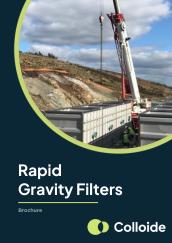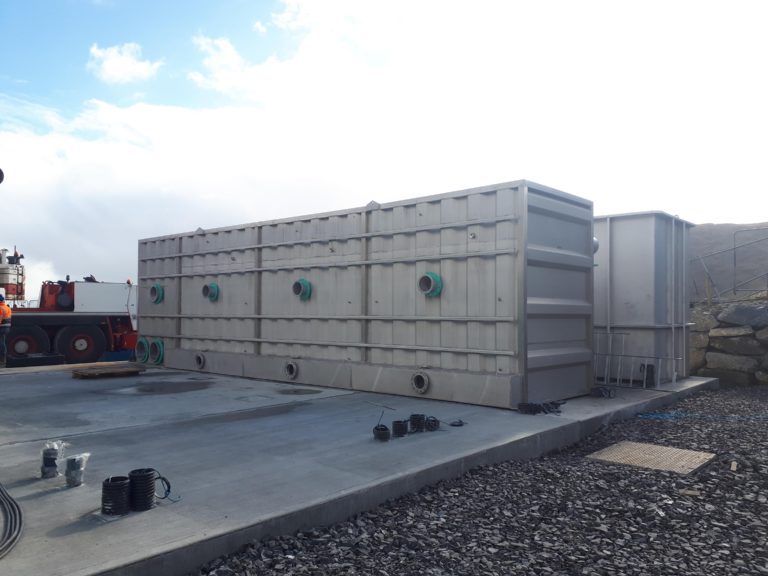Rapid Gravity Filter FAQs
Our expert team at Colloide Engineering have compiled a list of your most frequently asked questions on Rapid Gravity Filters and answered them all below. We will continue to update this page as innovation continues within filter technologies. The go-to place for all your Rapid Gravity Filter queries. If you have a question that we have not yet covered, please feel free to let us know by emailing [email protected].
What is a Rapid Gravity Filter?
Rapid Gravity Filter (RGF) forms the backbone of the water treatment industry as it offers a robust and proven water purification solution with low operating and maintenance costs. Rapid gravity filters are used in water purification and most commonly used in municipal drinking water facilities as part of a multiple-stage treatment system.
How does a rapid gravity filter work?
Water travels downwards through the filter bed, the solids are captured by the filter media and the clean water is discharged through the base of the filter. As a result of the filter capturing these solids, over time the filter will start to block at which point it will be taken offline for a backwash in order to ‘clean’ the filter before returning it to service – a process that takes approximately 20 minutes to complete. We use a state of the art backwashing process to achieve this clean, PLC controlled with an operator interface panel or PC.
What parts make a RGF?
The main components of a rapid gravity sand filter are the filter media, the gravel support layers and the filter underdrain. The underdrain serves to support the filter medium and gravel; to collect filtered water evenly from the bottom of the filter; and to distribute air and water evenly across the bottom of the filter during backwashing.
Key to these functions are the evenness of filtration and the distribution of backwash air and water. The evenness of distribution of the backwash water is of particular importance. The efficiency of the filter is dependent on the effectiveness of the backwash cycle.
What’s the difference between RGF and Slow Sand Filter?
The difference between the two is not simply a matter of the filtration speed, but of the underlying concept of the treatment process. Slow sand filtration is essentially a biological process whereas rapid sand filtration is a physical treatment process.
Rapid Gravity Filter vs Slow Sand Filters:
Slow sand filters have been largely replaced by rapid gravity sand filters, which are particularly effective for water treated with coagulants and are less expensive than slow sand filters. The flow is much greater than in slow sand filters, hence a smaller filter (requiring a smaller space) will be adequate. Because of the high rate of flow, little or no biodegradation takes place in these filters. The filter is cleaned at intervals of 24–48 hours by pumping water and air (to assist in scouring) under pressure backwards through the filter to wash out the trapped impurities.
Unlike slow sand filters which tend to produce water with a particularly low bacterial count, rapid filters produce water with high bacterial counts, increasing the necessity to follow them with disinfection before supplying the water to the public.
Our Projects incorporating RGF:
Why choose Colloide?
Colloide’s sand filter systems are a high performing and reliable solution for water and wastewater treatment. Each of our filters are engineered to meet the specific performance requirements of individual wastewater treatment plants. Our ‘full circle’ service removes the pressure and time constraints for our clients. Read more about our Rapid Gravity Filter Systems.




